About our India Holidays
TransIndus is the UK’s leading India holiday specialist, helping you plan your 2026–27 journey with insight, confidence and imagination. While we design luxury travel across Asia, our heart has always remained in India, the country we began with over thirty years ago. Our team is widely regarded as the most knowledgeable in the UK: many were born and raised in India, and all bring deep local expertise to the creation of exclusive, authentic experiences tailored precisely to you. Over the years, we’ve been privileged to design personalised journeys for thousands of loyal travellers and notable figures alike, including Sir Michael Palin, the consummate traveller and national treasure.
India has captivated explorers for millennia, and today it remains endlessly fascinating - whether you’re visiting for the first time or returning as a seasoned traveller. One of the greatest challenges is deciding where to begin, and the answer depends on the style of holiday you seek. For first-time visitors, this often means choosing between two classic introductions: The Golden Triangle of Delhi, Agra and Jaipur, perhaps extended into Rajasthan’s desert landscapes, or the gentler rhythms of Kerala paired with the historic temples and culture of neighbouring Tamil Nadu. Wherever your interests lie, TransIndus are the specialists who will help you experience India at its very best.
What our clients say on Trustpilot
Our Favourite India Group Tours

Golden Triangle and Kerala Backwaters
14 days from £2195 per person

Golden Temple & The Himalayas
11 days from £1495 per person

Rajasthan Land of Kings
15 days from £2095 per person
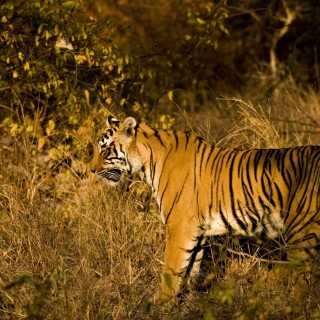
Land of Tigers
11 days from £2125 per person
Suggested India Holidays
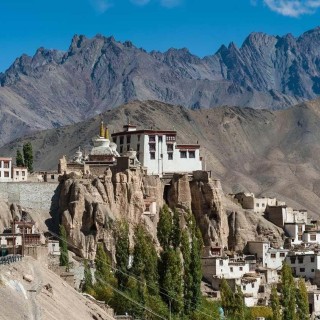
‘Little Tibet’: Ladakh in Style
14 days from £4525 per person
Due to its cultural and geographical affinities with Tibet (of which it was a province for several centuries), Ladakh was often referred to as ‘Little Tibet’. Today, the region’s capital,
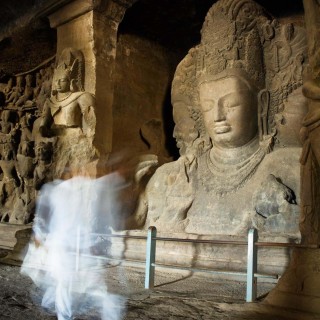
Ancient wonders of Ajanta, Ellora and Mandu
12 days from £3640 per person
A brace of six UNESCO World Heritage sites features on this journey from Mumbai into the heart of central Deccan.

Call of the Wild
13 days from £3695 per person
Embark on an exhilarating journey through some of India’s premier national parks where the tiger has been part of the folklore for generations.

Classic Golden Triangle Holiday
9 days from £2250 per person
Covering the highlights of India’s popular ‘Golden Triangle’ region, this compact 9-day itinerary is designed for first-time visitors to India who wish to experience some of the country’s most iconic sites.

Classic India
15 days from £2595 per person
Staying in five-star hotels, you will experience some of India’s most prominent cultural and sacred sites on this two-week tour of northern India’s historic highlights. Spanning 2,500

Classical Splendour
14 days from £3125 per person
This is one of our all-time favourite trips designed to dazzle and inspire at every turn.
All Small Group Tours in India All Tailor-made Tours in India Make an enquiry
Popular Holiday Regions in India
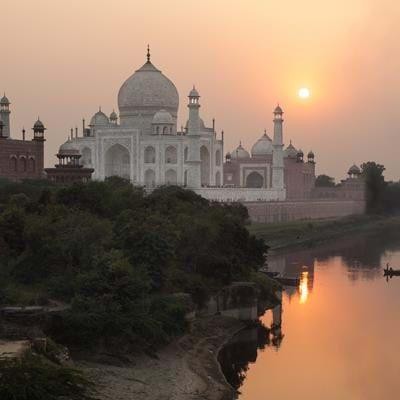
Golden Triangle
The cities of Delhi, Agra and Jaipur form the three main points of a route often referred to as ‘the Golden Triangle’ in India – as much for its wealth of historic monuments as its enduring popularity with visitors. The region holds the country’s most splendid forts, palaces and tombs, including the Taj Mahal, and offers a broad spectrum of different cultural experiences, reflecting India’s complex mix of religious and ethnic traditions.

Rajasthan
Picture a Rajput palace, its ochre-washed walls rising sheer from a sandstone outcrop to apartments encrusted with domed cuppolas and pleasure pavilions. Now imagine gazing from one of the courtyards hidden within it across a mass of flat rooftops to a horizon of scrub hills and dried river beds.

Kerala
Since the time of ancient Greece, Europeans have been seduced by the rich, vibrancy and cultural sophistication of India’s far southwest – an intensely tropical region known to outsiders as ‘Malabar’, and to the locals as simply ‘Kerala’ – ‘Land of the Chera Kings’.

North & Central India
North and Central India – encompassing Delhi and the Gangetic Plains – hold enough extraordinary sights to keep even the most ardent Indo-phile happy for several lifetimes. Many of our customers return again and again to this extraordinary

Indian Himalayas
The Himalayan regions of India are, in many respects, lands apart from the rest of the country. Inaccessible for much of the year, the convoluted valley systems rising from the Gangetic Plains to the gleaming ice peaks of the Great Himalaya…

South India
Combined, the states of Kerala, Tamil Nadu, Andra Pradesh & Telangana make up Southern India. Most tours of South India tend to focus on the southern part the peninsula, starting at the old colonial spice port of Fort Cochin and nearby…

West India
Goa’s glorious beaches have attracted travellers for decades, but comparatively few explore the other two states along India’s western flank – Maharashtra and Gujarat – despite the fact they hold some of Asia’s most wonderful ancient monume…

Goa
Goa, the former Portuguese colony on India’s southwest coast, has long been our principal recommendation for anyone considering a beach holiday to India or a few days at the end of their India tour.

East India
Eastern India boasts some of the most spectacular and diverse landscapes in the subcontinent and a cultural life as vibrant and distinctive as any in Asia. Its two dominant natural features are the vast chain of Himalayan peaks rising to th…

Northeast Hill States
Thanks to its challenging topography and capricious, often wet weather, the hilly northeast of India is the least visited part of the country. Comparatively few foreigners venture much beyond Kaziranga National Park, on the banks of the Bra…

Andaman & Nicobar Islands
This most remote region of India sits some 700+ miles off the east coast across the Bay of Bengal. A tropical archipelago formerly used as a penal colony by the British until 1947 to house freedom fighters is covered in pristine rainforest…
Iconic Places in India
 Place
Place
Maha Kumbh Mela
The largest festival in the world, the Kumbh Mela, is an extraordinary showcase of India’s spiritual and cultural tapestry. It welcomes some 200 million people worldwide to experience dynamic and mystical rituals and celebrations.
 Place
Place
Pangong Tso, Ladakh
A sparkling, cobalt-blue lake cradled by slopes of camel-coloured snow desert, Pangong Tso extends across the far east of Ladakh towards the Chinese border. The journey to it
 Place
Place
Nubra Valley, Ladakh
The magnificent Khardung La, the world’s highest motorable pass at 5600 (18,373ft), surrounded by soaring Himalayan Peaks, was once the principal track connecting Kashgar in
 Place
Place
Stok, Ladakh
With a population of around 1,500 people, Stok is a typical Ladakhi village of large, traditional farmsteads and chortens (stupas) scattered across a patchwork of barley fields and
 Place
Place
Dudhwa National Park, Uttar Pradesh
Nestled in the Terai region of Uttar Pradesh, Dudhwa National Park is a captivating wildlife haven close to the border with Nepal. This pristine reserve is accessible from Lucknow and encompasses dense woodland forests, expansive grasslands, riverine forests and wetlands, offering a mesmerising wilderness experience with many animals. Dudhwa is celebrated for its big five:
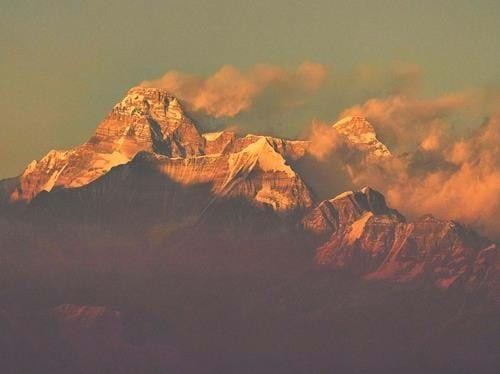 Place
Place
Nanda Devi Bioshphere
A designated UNESCO World Heritage Site, The Nanda Devi Biosphere Reserve, also known as the Valley of Flowers National Park, surrounds the Nanda Devi Peak, India’s second highest mountain at (7816 m).
 Place
Place
Explore Jaipur Old City on a Walking Tour
There’s really no better way to get a sense of local life in the Rajasthani capital than a walking tour of the old city.
 Place
Place
Uttaranchal
The area of the Himalayas most easily accessible from Delhi lies in the state of Uttaranchal.
 Place
Place
Tadoba-Andhari Tiger Reserve
The Taboba-Andhari Tiger Reserve is the largest and oldest national park in Maharashtra, and sufficiently off the beaten track to have escaped the attention of the hordes, despite boasting one of the highest tiger density figures in the country.
Signature Experiences in India
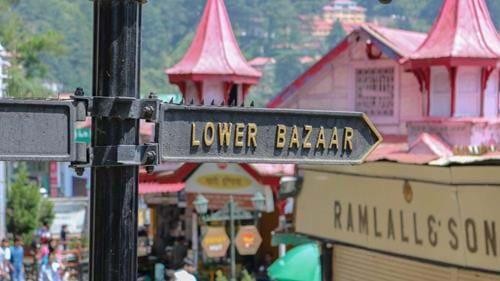 Experience
Experience
Shimla Heritage Walk
Nothing conjours up the feel of the Raj era as vividly as Shimla’s mock-Tudor British buildings. Our walking tour includes a visit to the more illustrious; the Gaiety Theatre
 Experience
Experience
Sunset Coracle Rides, Hampi
For centuries, villagers living on the Tungabhadra at Hampi have crossed the water on circular coracles to reach their fields and banana groves.
 Experience
Experience
Kinnal Woodcraft Village
After the destruction of Vijayanagar in the 16th century, only a single clan of woodworkers survived from the legions of craftsmen who formerly plied their trades in the great capital.
 Experience
Experience
Sunrise on Matanga Hill, Hampi
Many of the prominent hilltops around the ruined city are crowned by temples, reached via winding flights of rock-cut steps. For sunrise, however, none can hold a candle to Matanga Hill.
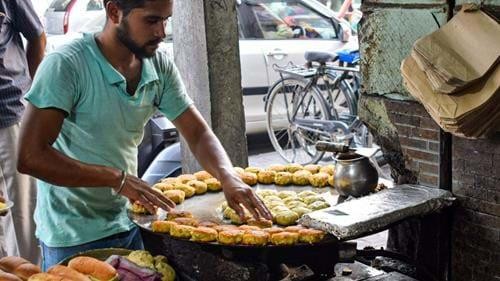 Experience
Experience
Amritsar Street Food Tour
Amritsar is chok-full of little cafés, restaurants and street food stalls specializing in tasty Punjabi cuisine, and on this tour you’ll sample the city’s gastronomic..
 Experience
Experience
The Wagah Border
Anyone who remembers the Monty Pythons’ ‘funny walks’ sketch will know what to expect at Wagah. The famous border crossing point west of Amritsar is the..
 Experience
Experience
Devaraja Market Tour, Mysore
Mysore’s busy Devaraja Market is a feast of South Indian sights and smells, and a great source of inexpensive souvenirs.
 Experience
Experience
Amritsar Walking Tour
In every Indian city, the most interesting things to see are often the ones you’re least likely to come across under your own steam, and Amritsar is no exception.
 Experience
Experience
Coffee Estate Cycle Rides
One of our all-time favourite corners of India is Wayanad, a region of high mountains and lush subtropical forest in northern Kerala. Coffee is the main crop here:
Plan your Next Adventure
Now is the time to begin planning your next adventures in Asia. Our Travel Specialists are ready to take your call and discuss the perfect getaway you have been dreaming of.
Make An Enquiry0208 566 3739
Join our mailing list
For the latest TransIndus news, upcoming events, exclusive discounts, travel inspiration & more!
















